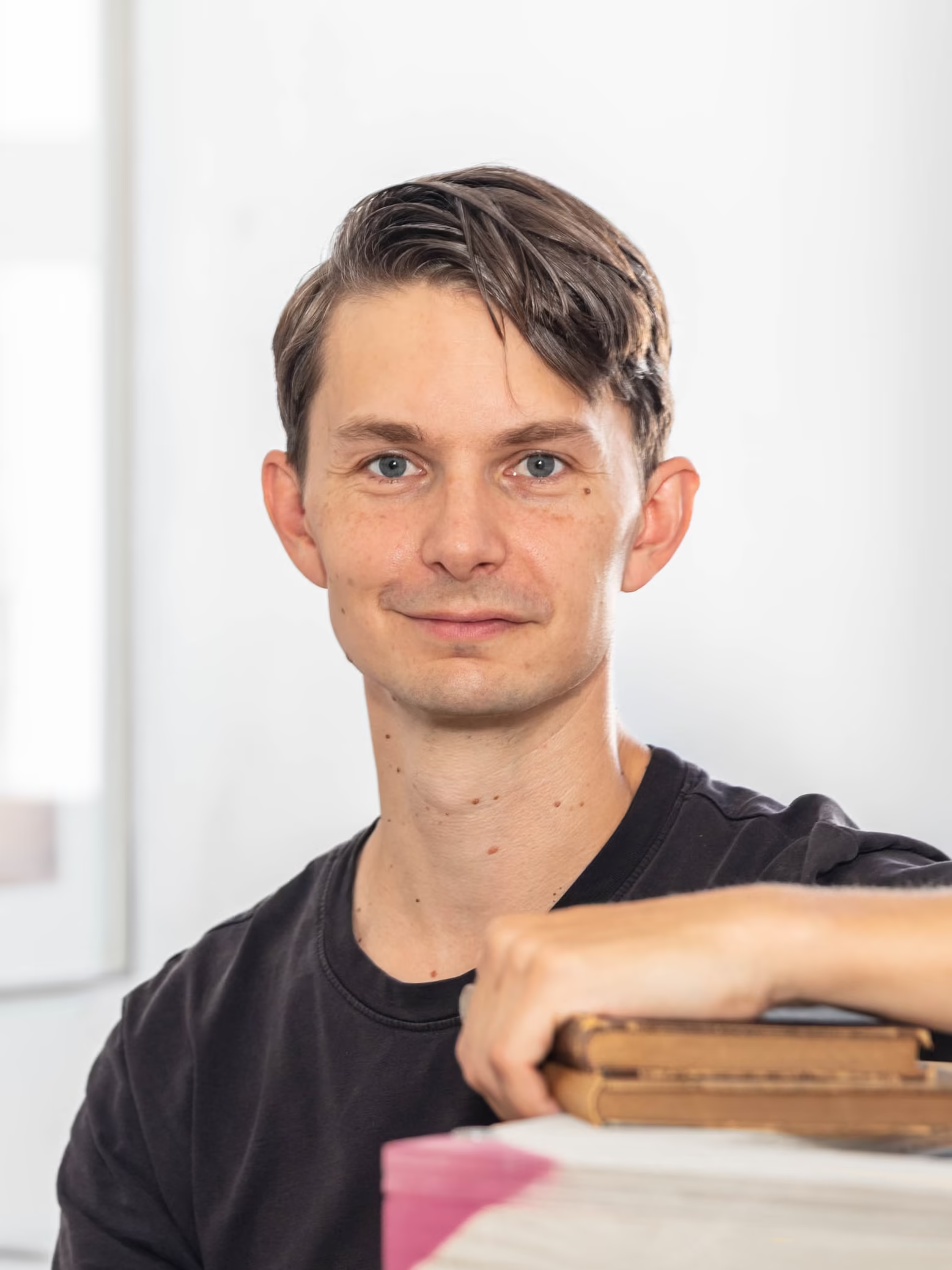Disobedient Stars
“Biddable, domesticated stars” is the phrase once used by the Scottish novelist and poet Robert Louis Stevenson to describe the gas lamps illuminating nineteenth-century London. The notion of a night-time that has been tamed, as expressed in Stevenson’s formulation, encapsulated the modern era’s vision of progress, at the forefront of which was an avowed conquest of nature and efforts to bend natural phenomena to human purposes. The exhibition proposes an alternate perspective on the relationship between humanity and the cosmos. Here, the stars, seen as extraterrestrial phenomena beyond taming, resist being subjected to human intent and design. They prefer to disobey.
The advent of Western modernity was an epoch marked by the division of humankind from what came to be labeled “nature.” The rapid spread of artificial lighting allowed people to overcome the limitations of sunlight. Popularization of the clock and calendar impacted the very experience of time itself. Astrology, once adjacent to astronomy, was stripped of its status as legitimate science. The emergence of capitalism transformed every aspect of everyday life, from diets to the prelude to sleep.
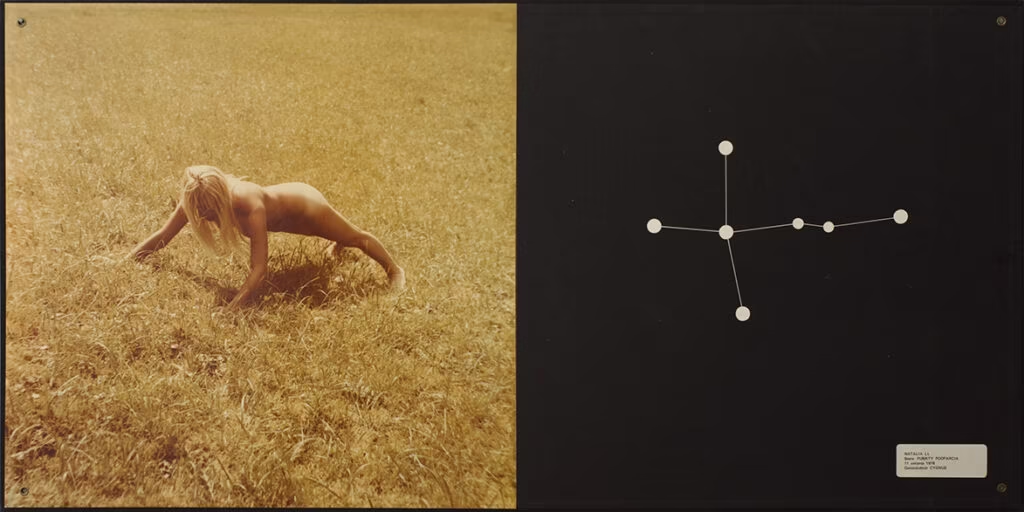
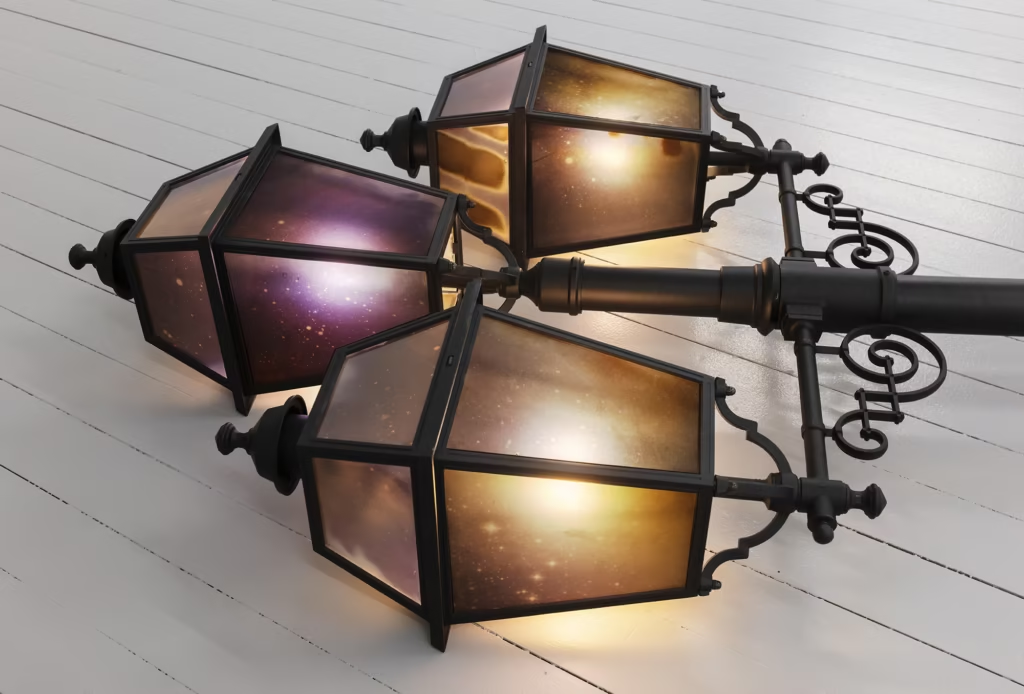
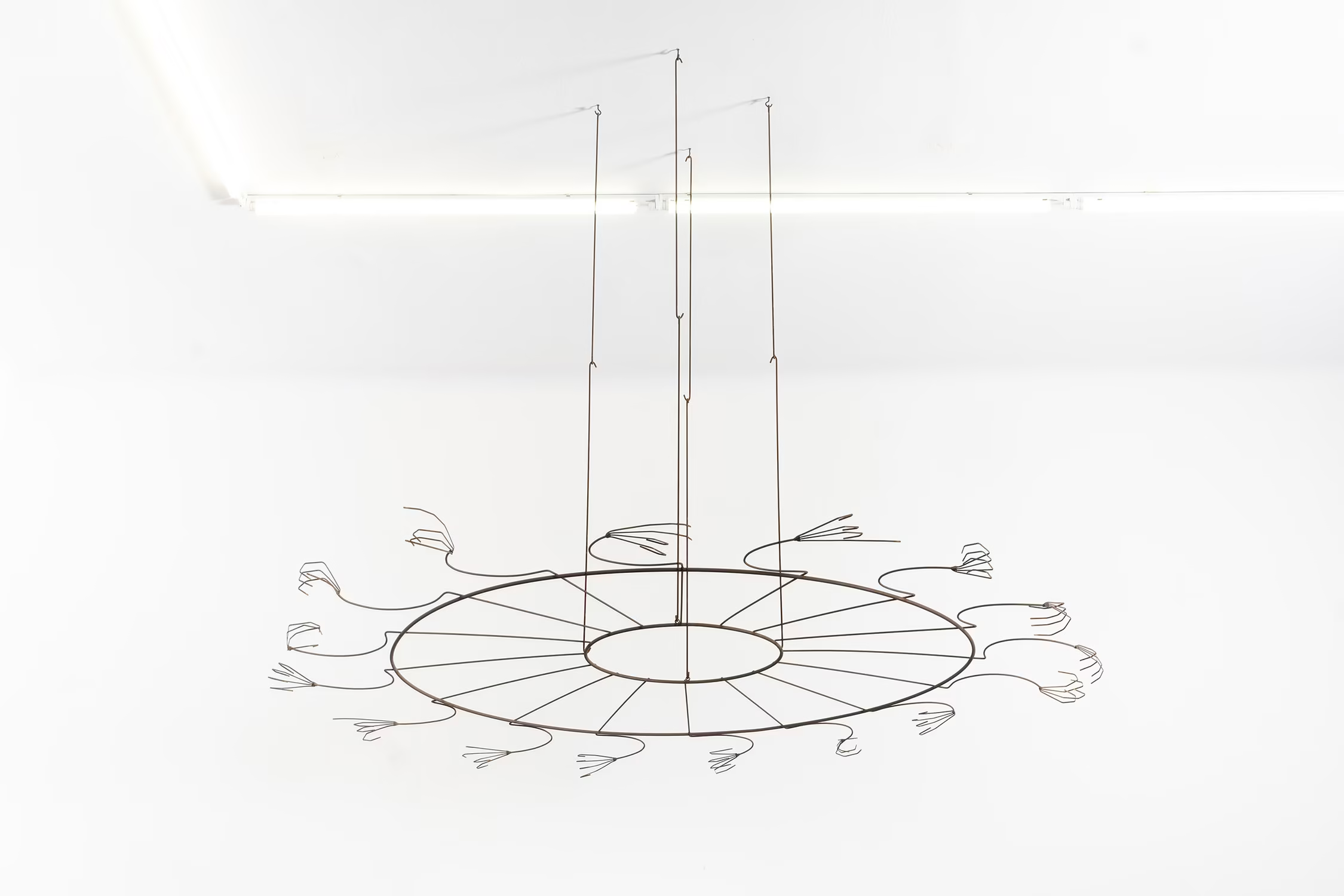
The prevailing, present-day perception of nature-as-commodity is the result of developments in Europe between the 1600s and 1800s—a period catalyzed by the Scientific Revolution and culminating in the rise of industrial capitalism. Humankind has since continued to wall itself off not only from other forms of terrestrial life, but from the overarching cosmos. Contemporary culture has primarily depicted celestial bodies within the context of conquest and colonization. The exhibition unfolds as a visual essay; a search for an alternative imagery of the cosmos, conveying the influence of the celestial upon us, on our bodies, and on the surrounding environment. It is comprised of works by artists, spanning generations, examining the ramifications of the modern disenchanting of the world.
The works in the exhibition share a focus on extraterrestrial forces represented through phenomena such as the alternation between night and daytime, gravity, and oceanic tidal cycles. Some works reflect views of the firmament; others document experiments involving interactions between the corporeal and the cosmic. All seek to retrieve squandered knowledge predating the onset of industrialization—a knowledge needed today for the development of new awareness in the epoch of ecological catastrophe.
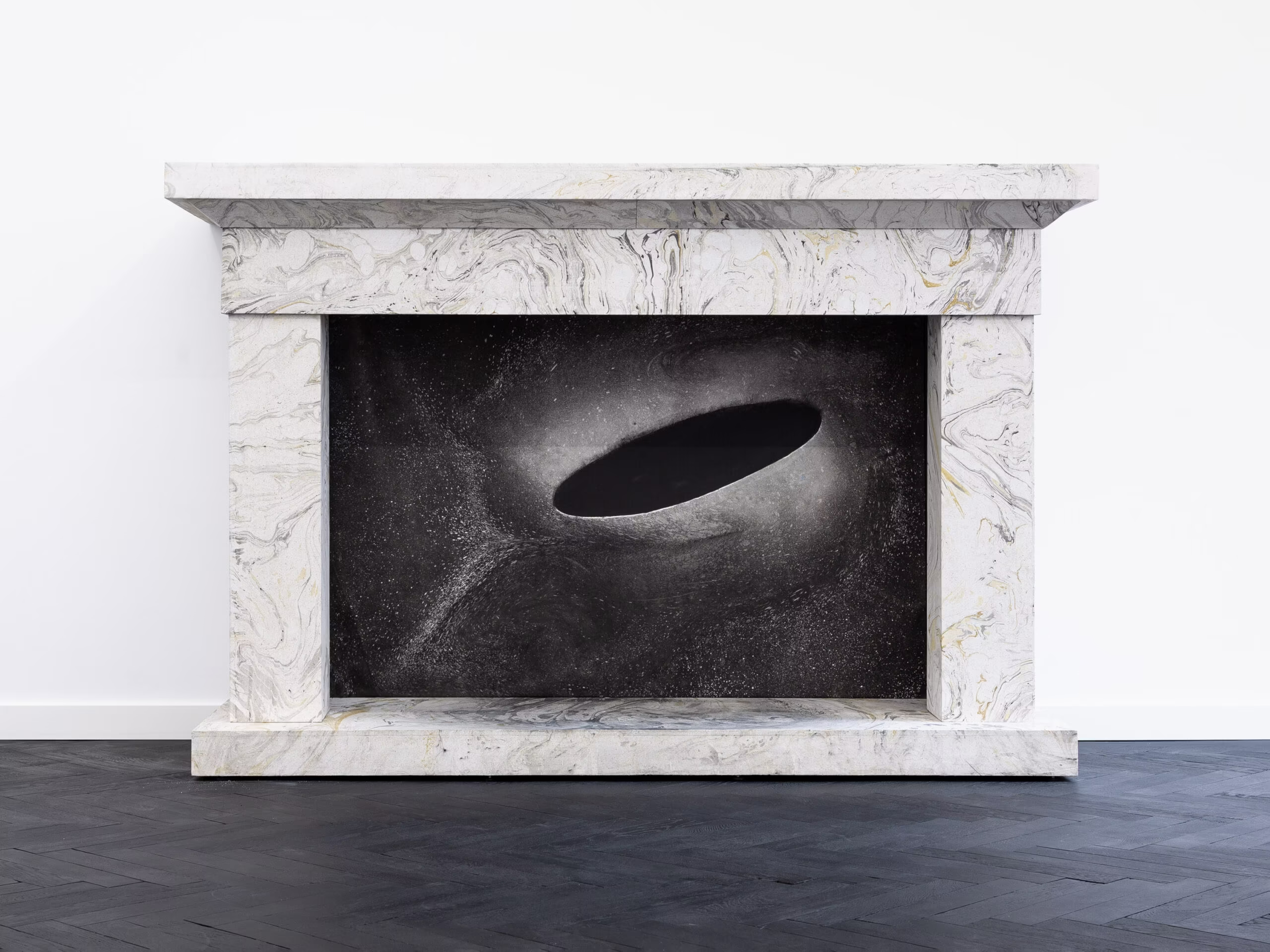
- Artists: Lauren Darling, Lucjan Demidowski, Tomasz Dobiszewski, Katarzyna Korzeniecka, Natalia LL, Witek Orski, Johan Österholm, Łukasz Radziszewski, Maja Rozbicka, Kama Sokolnicka, Sarah Cameron Sunde, Iza Tarasewicz, Irina Teodorescu, Jakub Woynarowski, Mateusz Wysocki
- Curators: Katarzyna Czeczot, Joanna Kobyłt
- Exhibition arrangement and visual identification: Patrycja Orzechowska
- Textile form constructions: Andrzej Karmasz
- Production: Beata Turek-Józefczak, Gabriela Pezda
- Production manager: Monika Muszyńska
- Promotion: Joanna Glinkowska
- Assembly: Łukasz Bałaciński, Jakub Jakubowicz, Marcel Kiszka, Tomasz Koczoń, Marcin Pecyna
- Audience engagement: Magdalena Weber, Julianna Biesok, Agata Drąg, Barbara Kaczmarek, Eva Kozárova, Anna Kwapisz, Beata Marszałek, Agnieszka Michoń, Sara Szczegóła, Maja Widera
- Editorial oversight: Joanna Osiewicz-Lorenzutti
- English translation: strona 895 | page 895 team
- Gallery loans: Gunia Nowik Gallery, ZW Foundation, Archaeology of Photography Foundation
- BWA Wrocław program: Katarzyna Roj
- Fundraising and cooperation with partners: Berenika Nikodemska, Joanna Sokalska
- Partner: Koleje Dolnośląskie S.A.
- Media patrons: „Contemporary Lynx”, „Pismo Artystyczne Format”, „Miej Miejsce”, „Notes na 6 Tygodni”, „Szum”, TVP Kultura
- Organizer: BWA Wrocław Galleries of Contemporary Art
- Director of BWA Wrocław: Maciej Bujko
Sensory information:
- Light – There is daylight and artificial light in the exhibition. Two rooms are completely darkened. In these we show films.
- Sound – In the first room, you will hear the sound of a recording from 4 speakers. In 3 rooms in the exhibition, you will hear the sound of the video works. Mute headphones are available in the gallery, ask the gallery supervisor(s) for these. During sensory-friendly hours, the sound is muted.
- Touch – You cannot touch the works in the exhibition. You can step on the sawdust in the installation titled: Now I know what is beautiful. You cannot climb the ladder.
- Rest – In the gallery you will find several places to rest e.g. benches, cushions, carpets. Take off your shoes to step onto the carpet.
- Smell – There is a smell of wood in one room.
Sensory-friendly hours: Thursday 5.00 pm – 8.00 pm
Recordings with audiodescription for the exhibition are available at Palmiarnia.
Co-financed by the Ministry of Culture and National Heritage of the Republic of Poland from the Fund for the Promotion of Culture – a special-purpose state fund.

